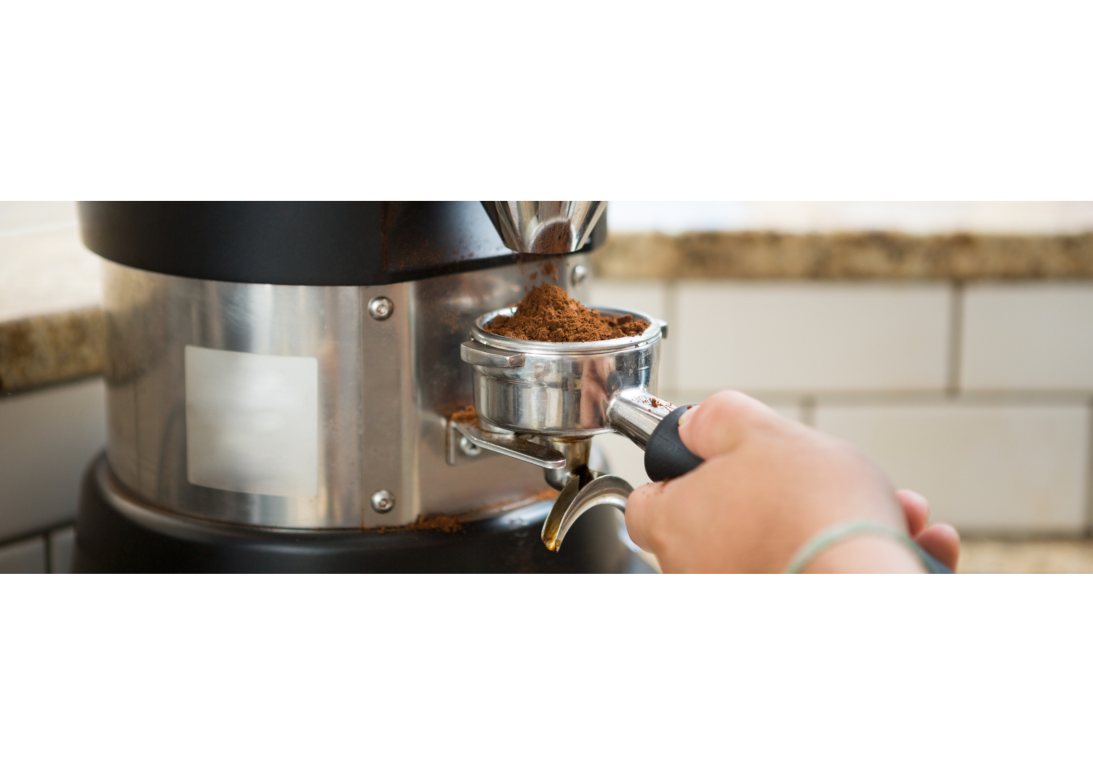Grind Size
What is Coffee Grind Size?
Coffee grind size refers to the coarseness or fineness of coffee grounds produced by grinding coffee beans. It plays a crucial role in the coffee brewing process and affects the coffee's flavour, aroma, and extraction.
Understanding and choosing the appropriate coffee grind size for your brewing method is essential for achieving the desired flavour and aroma. Grind size directly impacts the rate of extraction, and mastering this aspect of coffee preparation is crucial for brewing a satisfying and flavorful cup of coffee.
What are the Types of Coffee Grind Sizes?
Coffee grind sizes can vary from very fine to very coarse, with each size suiting specific brewing methods. Here are some of the common types of coffee grind sizes:
- Extra Fine (Turkish Coffee): This is the finest grind size, similar to powdered sugar. It's used for Turkish coffee, where the coffee is boiled with water.
- Fine (Espresso): Fine grind is slightly coarser than extra fine and resembles table salt. It's typically used for espresso machines.
- Medium-Fine (Stovetop/Moka Pot): This grind size is coarser than what's used for espresso but finer than what's suitable for methods like V60. A medium-fine grind ensures that the water flows through the grounds evenly but still produces a strong and flavorful coffee.
- Medium (Pour Over): Medium grind is similar to granulated sugar. It's commonly used for drip coffee makers and pour-over methods.
- Medium-Coarse (Chemex): This grind is coarser than medium and resembles sea salt. It's suitable for methods like Chemex or some pour-over devices.
- Coarse (French Press): Coarse grind is akin to breadcrumbs. It's used for French Press or Clever Dripper brewing methods.
- Extra Coarse (Cold Brew): Extra coarse grind is the largest size, similar to kosher salt. It's specifically for cold brew coffee.
Remember that the ideal grind size for your coffee depends on your brewing method. Different grind sizes ensure proper extraction and produce the best flavour in your coffee.

What are the Factors Influencing Grind Size?
There are many things to consider when choosing the correct grind size. The type of brewing method and brewer used will have a significant influence, but there are other things to factor in. Here are the key factors that influence grind size:
Coffee Brewing Methods
Brewing methods generally fall into one of two categories: immersion or percolation.
- Immersion: This is where all the coffee hangs out with all the water for a set amount of time before being filtered and enjoyed, i.e. French Press.
- Percolation: This is where water flows through a bed of coffee into a vessel, i.e. espresso, pour-over.
Different brewing methods require specific grind sizes. For example, espresso machines require fine grinds, while French press brewing calls for coarse grinds.
Brew Time
The time coffee is in contact with water is crucial, and grind size will determine the best time. Think of it like sand versus pebbles. When brewing espresso, you need a finely ground coffee like sand. When the coffee is placed into a portafilter and locked into place, the water is forced through the coffee at pressure. The fine grind size ensures a consistent, slow flow through the coffee bed, extracting all the flavour. If the grind was too coarse, like pebbles, the water would flow too quickly through the coffee to extract all the flavours.
Adjusting the grind size can help control extraction time.
Extraction
Coffee is full of soluble compounds that dissolve in water to create the delicious cup of coffee we all love. These compounds dissolve at different rates, and you absolutely don't want all of them in your coffee. In fact, the sweet spot is approximately 20% of those compounds. The wrong grind size can result in more or less than that number, which is called over-extraction and under-extraction.
- Over-extraction: This results from too fine a grind in contact with too much water for too long and often results in a bitter taste. This bitterness can be intense and unpleasant, dominating the flavour profile of the coffee. Over-extracted coffee can leave a dry, astringent sensation in your mouth. The brew may also appear too dark, with a muddy or murky appearance.
- Under-extraction: This can happen when your coffee is too coarse and needs to spend more time with the water. Under-extracted coffee often exhibits a sour taste and can be sharp and unbalanced, with a pronounced tartness. The coffee may have a thin, weak body, lacking the expected richness and typically has a lighter colour, often appearing pale or translucent.
Roast Level
The level to which a coffee is roasted affects the density of the coffee bean. This, in turn, will affect how quickly flavours are extracted during brewing. As darker roasts are exposed to heat for longer, the bean becomes more brittle, making them more soluble. When brewing with darker roasts, it's best practice to grind a bit coarser than you would if brewing with a lighter roast.
When selecting a grind size, it's important to consider these factors, as well as to experiment and make adjustments to achieve the desired flavour and balance in your coffee. The perfect grind size can be somewhat subjective and may vary depending on the beans, the machine used, and individual taste.
Why is Experimenting with Grind Size Important?
Coffee is a personal experience; experimenting with grind size allows you to tailor your favourite FiXX to your taste preferences. You can adjust the grind to achieve the flavour profile you enjoy most. Obviously, with certain brewing methods, you might be bound by specific grind sizes, like in espresso. But with others like pour-over and especially AeroPres, experimenting helps you find the right grind size to balance extraction and achieve the best flavour.





